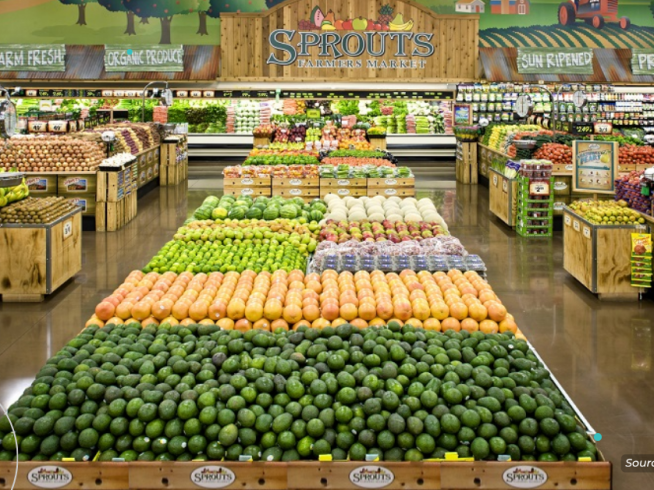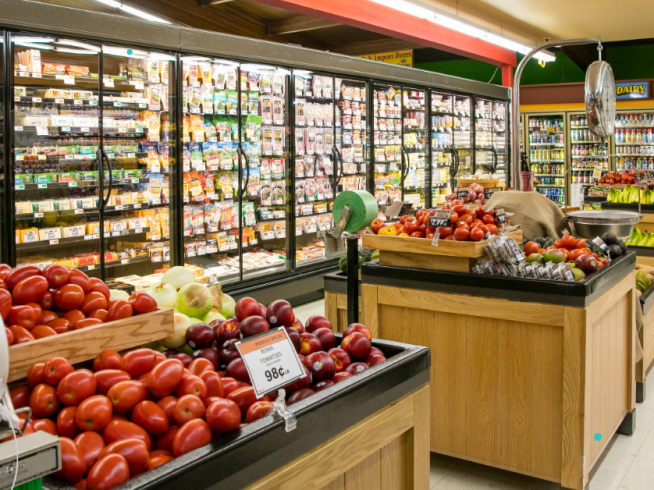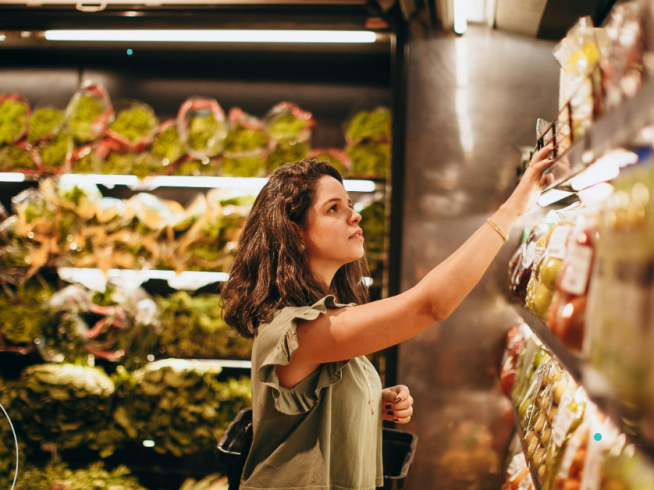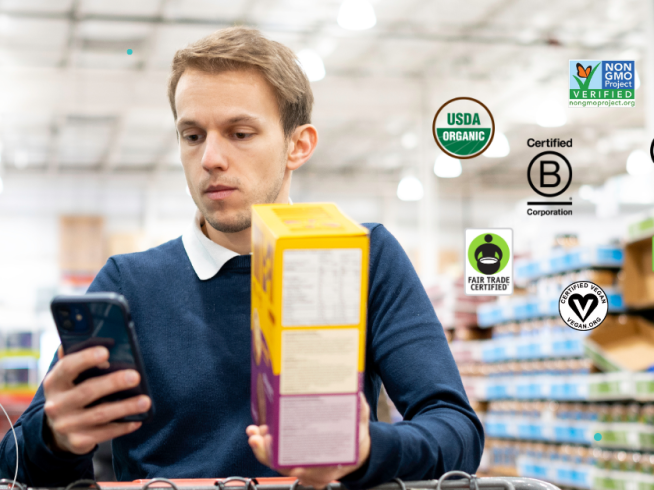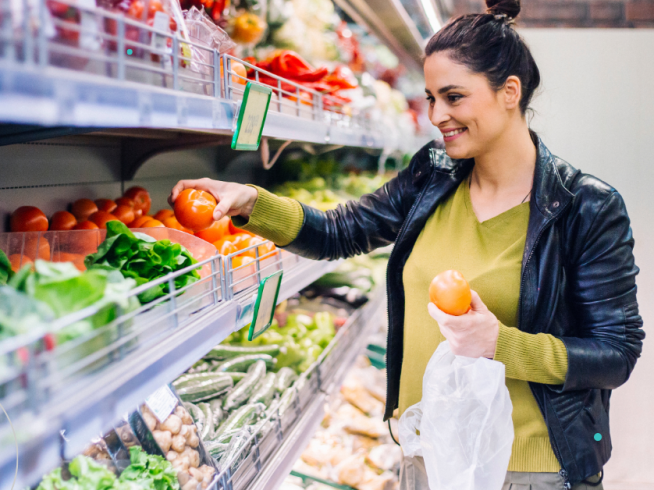As inflation rises across North America, natural product shoppers are changing their habits in response.
A study conducted by Social Nature in 2023 with 6,500 participants from Gen Z to Baby Boomers sheds light on these shifting habits and how they impact natural CPG brands. Below, we’ll explore the key takeaways from the study and provide insights on how natural CPG brands can adapt to retain and attract shoppers during economic uncertainty.
Table of Contents
-
- Shifting Habits: Adapting to Inflation
- Consumers Seek Cheaper Food and Beverage products
- The Power of Natural Ingredients
- Rise in Plant-Based Products Among Non-Vegans
- Consumers Take Their Health Goals Seriously
- What are Shoppers Cutting Back On?
- Retaining and Attracting Shoppers
- Perception of Product Quality Among Consumers
According to the Social Nature study, 92% of consumers say grocery products are where they notice inflation the most.
As a result, 95% of consumers are making lifestyle changes, such as buying cheaper grocery products. 59% of people are cooking more at home, which presents an opportunity for natural CPG brands. Additionally, 30% are changing the grocery store they shop at.
Conventional and club retailers dominate, with Walmart and Target leading the way. However, natural channels are seeing less shoppers because they are perceived as more expensive than conventional channels. This means that your natural CPG brands must find ways to win over consumers who are increasingly choosing cheaper products.
Gen Z: Feeling Inflation More Than Other Generations
Social Nature’s study found that Gen Z spends less on groceries than other generations.
This finding is likely because they are feeling inflation more than other generations. Natural CPG brands targeting Gen Z should remember this when developing their marketing strategies and products.

An important finding in the study is that 83% of consumers surveyed seek cheaper beverage and food products.
As shown above, shoppers increasingly migrate to conventional and club retailers to snag deep discounts compared to natural stores. Although shoppers seek cheaper food and beverage products, they are willing to pay more for specific items, such as baby food products.
Therefore, natural CPG brands that target baby food products must understand this key metric within the larger food and beverage industry.
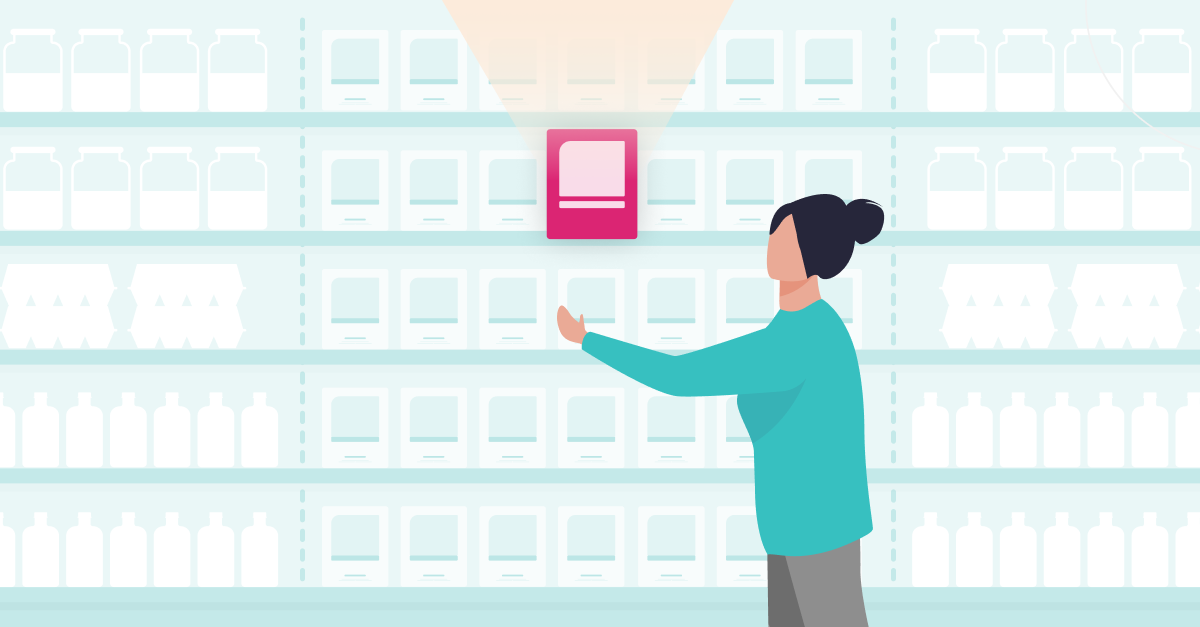
Not all CPG products are created equal.
With this in mind, your CPG brand must understand that natural ingredients are a significant consumer need in 2023.
Consumers prioritize natural ingredients for health and supplements, baby and kids’ food, and beverages. This makes it essential for natural CPG brands to understand this need and incorporate natural ingredients to retain and gain new shoppers.
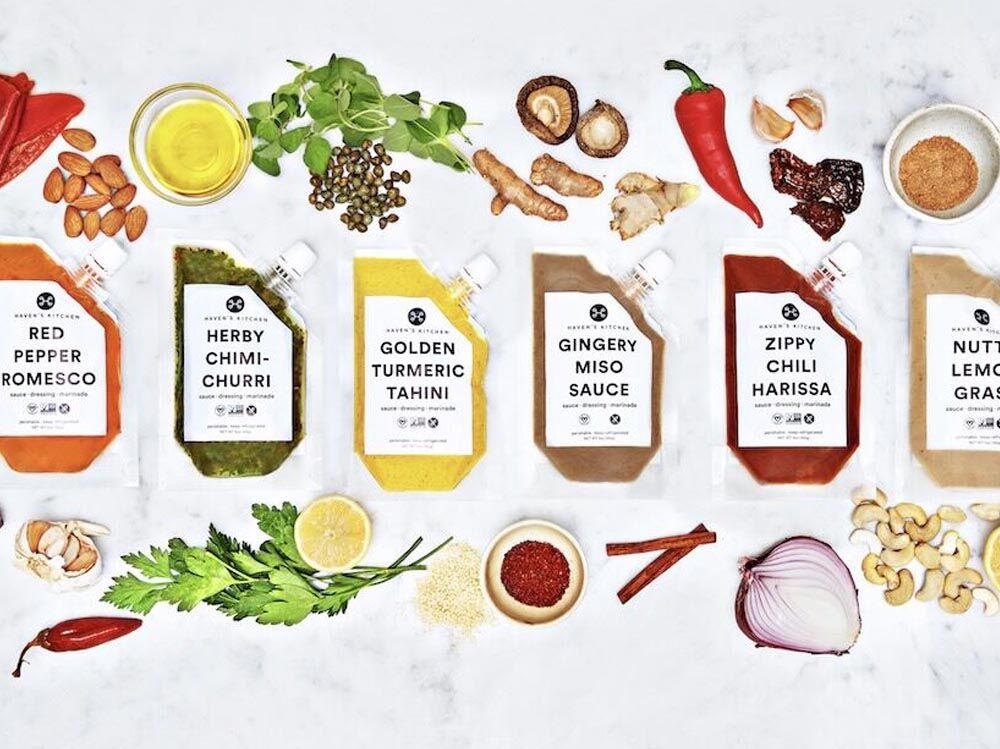
Another key finding within the study is that 73% of consumers buy plant-based products, while only 5% are vegan.
Plant-based chicken, yogurt, and milk are all products that shoppers are buying more of compared to the past year. This presents a huge opportunity for plant-based brands. The drivers for this shift are health, taste, environmental concerns, and animal welfare.
Ultimately, although inflation has driven higher costs, consumers are unwilling to budge on their health — especially after three years of the pandemic.
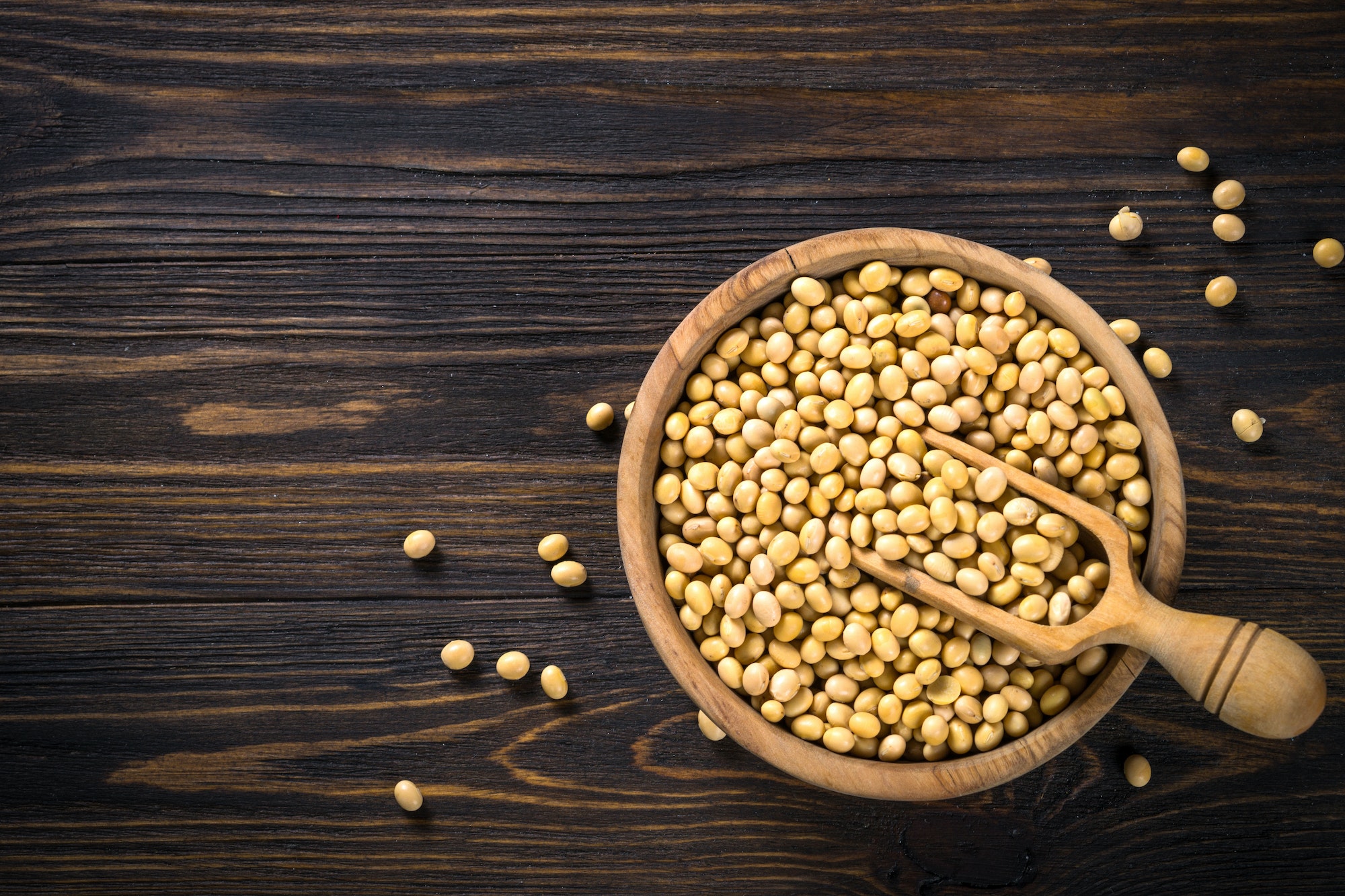
Even with inflation, consumers are much more health-conscious than 18 months ago.
The top three goals among participants were to eat healthier (67%), increase energy levels (60%), and increase fitness (58%). Natural CPG brands can consider these goals in their product positioning and packaging.
The study also found that 42% of consumers buy natural products to support their health goals. Once again, this information paves a clear path for natural CPG brands to readjust their marketing strategies when targeting health-oriented shoppers.
According to the study, organic products are being cut back by 30%.
CPG brands that offer organic products may need to rethink their pricing strategies to keep up with the changing market and remain competitive. However, specific products, such as organic baby food and health supplements, are unlikely to feel the tightening of the belt, as seen with food and beverage products.

The biggest driver for retaining shoppers and gaining new consumers is discounts.
When asked, respondents in the study noted that the drivers for purchasing a new product were affordable pricing (74%), on sale (52%), natural ingredients (52%), novelty (49%), and proven quality (39%).
To retain and attract shoppers, natural CPG brands can offer temporary price reductions (TPRs), pay attention to the “new” factor, and align their products with top health goals.
Finally, the study also found that the top factors influencing the perception of product quality include: trying the product themselves, reading the ingredients, recommendations from family and friends, and trusting the brand.
Less likely to influence consumers are influencers and podcasts. Natural CPG brands can improve the perception of their products by:
● Ensuring label transparency
● Investing in referral marketing
● leveraging brand trust to launch new products through the current consumer base
● Gaining more product reviews
● Reducing influencer marketing spending
In conclusion, as inflation rises and economic uncertainty continues, natural CPG brands need to stay ahead by understanding how consumers adapt their shopping habits.
By leveraging key insights from Social Nature’s study and adapting their strategies accordingly, brands can retain and attract new shoppers. To learn more about how to win at retail, schedule a call with Social Nature today!


